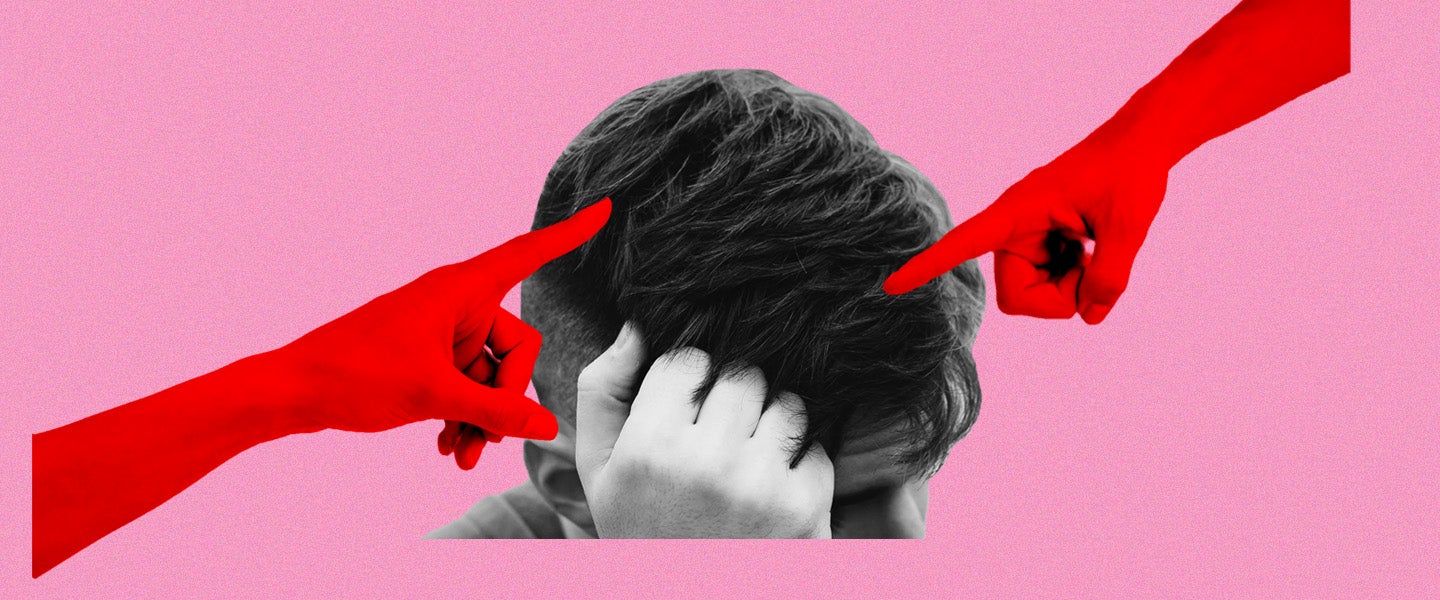In the final months before Al Gore lost the 2000 election, John and Catherine Walter sent the incumbent vice president an advanced copy of their 25 page report, which they titled “The Hair Part Theory.” It was such groundbreaking research, they believed, that if Gore would simply part his hair from left to right — like his opponent, George Bush — he’d be a shoo-in. “Gore didn’t respond, and he lost,” Catherine told the New Yorker in 2001. “He is, like, so right-part, according to our theory.”
According to the Walters, people associate men who part their hair from the left with the left hemisphere of the brain, and thus associate them with “activities traditionally attributed to masculinity.” Men who part their hair to the right are the opposite, allegedly: People unconsciously suspect they are weak and feminine.
TIL men who part their hair left are perceived as popular, successful and strong; men who part their hair right are perceived as atypical and may create an uncomfortable image. Exemplified by Christopher Reeve’s Clark Kent whose hair was parted on the right; as Superman, his hair parted to the left. from todayilearned
Besides the sizable portion of the human population that doesn’t part their hair, the Walters supply plenty of anecdotal data to back their claims. They even go so far as to say right-parted men are the reason the U.S. has gone to war:
“Presidents with right parts, unconsciously perceived as weak, may bring the U.S. to diplomatic crisis. These crises are handled by the following presidents who most often part their hair on the left, emphasizing masculinity.”
Oooookay. It should be no surprise that actual academics are skeptical. Rachael Gibson, aka “The Hair Historian,” looked through her history and reference books and “couldn’t find much about any meanings or concepts” regarding which direction men parted their hair.
“I would say there’s a difference between a center part and a side part. A side part feels more slick and businesslike, a center part more naturalistic and relaxed. But that’s about the depths of my opinions,” she adds.
Susan Gal, a professor of anthropology and social sciences at the University of Chicago, tells me she has “no thoughts on this, at all.” Her response, in addition to being ignored by the handful of other anthropologists I reached out to — adds to the overall dismissal of hair-part theory from actual academia.
Meanwhile, like any good pseudoscience, “The Hair Part Theory” still makes its rounds on the internet — especially gender-obsessed corners of the bro internet, which comprise men who love the idea of a magical shortcut that will make them more attractive and masculine.
What say people who actually deal with men’s hair?
Daniel Urtiaga, a hairstylist at Martial Vivot in New York, says men are constantly asking him which direction they should push their hair, “but at no point while having a client in my chair have I thought this person’s part plays a role in how I deem them masculine or feminine,” he says.
In truth, it’s all circumstantial. “Natural growth patterns like cowlicks and root movement typically make your easier to part on one side over the other, so I say go with what makes your life easier,” he says. “Why work against your hair when you can work with it?”
Which way you part your hair has nothing to do with masculinity or unconscious perception. Just go with whatever is natural. A hairstyle that is easy to manage and makes you feel good will make you feel confident — and most agree that confidence is the biggest shortcut to attractiveness.
So how do you find your hair’s natural growth patterns? According to Greg Kristopik, owner of Old Dog Barber Shop in Chicago, “the most reliable factor in deciding where to style your hair is your most dominant cowlick, which is at the crown of your head, so start your part at the center of that cowlick and let it lay in the direction the hair grows.”
Kristopik pointed to two recent customers with equally great yet opposite hair parts.
Still, that’s not to say you should only part your hair in one direction your entire life. If mixing up the direction of your hair gives you a boost of confidence, go for it. “I’m all for versatility,” Urtiaga continues. “I think people should play with the part change it around from loose, tight, neat, neat, messy, left and right — if you got it, have fun and enjoy it while you can still part it!”

